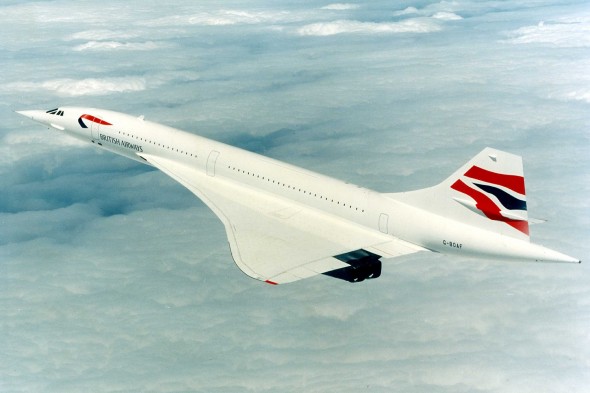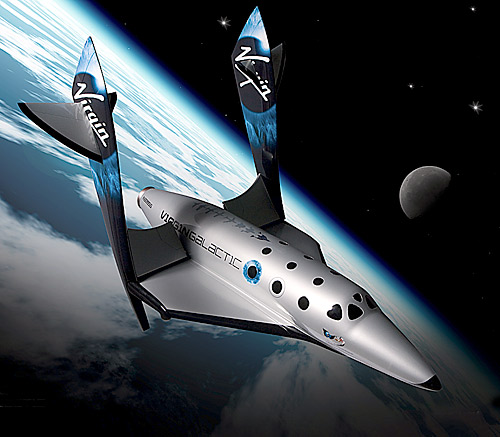Disruptive innovations displace accepted technologies and ideas, creating a new market. Some examples we discussed in class included Airbnb, phone cameras, and drones. But what about the brand new, entirely unique ideas that fail? Can those still be considered disruptive innovations?
I see disruptive innovation in three parts: 1) the invention 2) the invention’s rising popularity and 3) the invention’s continued progress until it reaches its prime usefulness, all the while displacing old technologies. Generally, inventions are considered failures when they don’t reach step 2 or 3, and therefore, inventions that fail would not meet this definition of disruptive innovations.

A few years ago, Time Magazine published an online piece about the 50 Worst Inventions. At the top of the list was the Segway, an invention that founder Dean Kamen thought would revolutionize the transportation industry. According to a Wall Street Journal timeline of the Segway, prior to Segway’s release, Kamen said, “[it] will be to the car what the car was to the horse and buggy.” Kamen was foreseeing disruptive innovation, but 14 years later, you’d be hard-pressed to find someone who would compare the Segway to the first automobile.
Segway was without a doubt a brand new idea, but that doesn’t make it revolutionary. Segway’s influence on the transportation industry has been minimal, at most. There are many reasons for the company’s failure. We can blame poor marketing, high price, legal troubles and recalls, among other issues. But even so, had this been a true case of disruptive innovation, elements of the Segway would have gained popularity, been adapted to older technologies, or Kamen’s company would have continued improving the product until it took off.
As a contrary example, let’s look at the Concorde. It could be considered a failure because it is no longer flying and not expected to any time in the near future. But I would consider it to be a disruptive innovation because it became popular and continued to progress, and even though it no longer exists, aspects of it still do. Revolutionary concepts of the Concorde are still present in military aircrafts and new concepts like Virgin Galactic, the world’s first commercial spaceline. Virgin Galactic is suffering from similar setbacks to what ended the Concorde, but it’s existence represents a continuous effort to carry out the same concept.


In order to be considered disruptive innovations, ideas and inventions, or even parts of ideas and inventions, must clearly revolutionize an industry and propel the use of technology into an entirely new and lasting direction.
Edited by Vlad Odobescu

I like that you brought up failure as success-it’s been a common theme I’ve seen lately when it comes to personal and professional development. Failures are a segue (pun intended) to future successes!
In a recent TED Talk, Guy was speaking with inventors about patents. I was surprised to hear Tesla electric car company is giving away their patent, and will continue to do so in order to stir innovation. The premise was keeping ideas and technology to yourself does not create new products, but makes knowledge harder to share and expand on. Your comments on the Concord reminded of this, as space travel and historic scientists were also used as examples. Well done.
Interesting and unconventional take on the subject, Audrey. I would have liked to see Google Glass up there as well. I’m fascinated by Segway, which I thought should thrive, but learning from your article that pricing, poor marketing, recalls and legal millstones hamstrung proliferation of its use.